Confederate Flag
Designing a Confederate flag was one of the first orders of business for the new Confederate government. To take care of this, the Committee on the Flag and Seal was formed. South Carolinian William Porcher Miles was elected to chair the new committee. Miles put forward his own design for the flag, but he soon ran into opposition when the committee asked for public input on the new flag. The prevalent opinion was that the new flag should resemble the "old" United States flag. One of the designs submitted by the public began to gain some traction...
The new design had been submitted by a German-American artist named Nicola Marschall. Marschall was born in St. Wendel, Germany, and moved to Alabama in 1849. When the committee solicited suggestions for the new flag, Mary Clay Lockett, the wife of a friend, pushed Marschall to submit a design. After some consideration, Marschall submitted a design said to be largely based on the Austrian flag.
His design was adopted as the new Confederate flag (above) over Miles's design, largely because Marschall's was recognizably similar to the U. S. flag. The new flag was soon popularly known as the "Stars and Bars" in an obvious nod to U. S. "Stars and Stripes."
The "Stars and Bars" originally had seven stars representing the seven original seceded states. More stars were added as more states were claimed by the Confederacy until the thirteenth and final star was added in late 1861.
Similarity to the U. S. flag was what made the first Confederate flag popular, but it is also what eventually brought about its demise...
Origin of Confederate Battle Flag
If you are thinking that the flag above looks nothing like a Confederate flag to you, you are not alone. When most people think of a Confederate flag, the design that pops into their mind is more like this flag (left). This flag is in fact the Battle Flag of the Army of Northern Virginia, and it came about as a direct result of the similarity of the "Stars and Bars" to the "Stars and Stripes."
The battle flag design is, in fact, the original design suggested by William Miles for the national flag. Even though his committee had rejected his design, Miles did not give up hope of finding a use for his flag. That hope would be rewarded at the First Battle of Manassas (Bull Run)...
This was the fist major battle of the civil war, and most of the Confederate units involved simply carried the new national flag. Here is where the problem with having a flag similar to that of your enemy was fully realized. After dealing with the confusion on the battlefield caused by his flags, the Confederate commander, General P. G. T. Beauregard, was anxious to find a solution...
William Miles just happened to be one of Beauregard's aides, and he told the General about his design that had been rejected. Beauregard liked the idea, and the Committee on the Flag and Seal was asked to change the national flag. They rejected the idea...
Knowing the importance of this problem, General Beauregard suggested to his superiors that a uniform battle flag, that could not be confused with the U. S. flag, should be adopted. In the end, Miles's design was adopted as the official Battle Flag of the Army of Northern Virginia, and it went on to become the most popular and enduring symbol of the Confederacy.
Second and Third National Flags
Eventually, the Confederacy grew tired of having a flag that could easily be confused with their enemy's flag. So, the Committee on the Flag and Seal started work on a new design. Everyone agreed that the new design should incorporate the, now popular, battle flag...
In May of 1863, the second national Confederate flag (above left) was unveiled. The new design placed the battle flag in the upper left corner of the flag, and called for the body of the flag to be white. This new flag was commonly referred to as the "Stainless Banner." Unfortunately, this flag met with problems as well.
It was soon realized that, unless there was a strong wind to keep the "Stainless Banner" outstretched, the new flag tended to look like a white flag of truce. When the flag hung limply, it was easy to miss the battle flag in the corner. In time, it was decided that this problem should be remedied...
The third national Confederate flag (above right) was unveiled in March of 1865, only weeks before Lee's surrender. This design simply called for a vertical red bar to be added to the outer end of the "Stainless Banner." The new flag was dubbed the "Bloodstained Banner," and served as the national Confederate flag until the Confederacy was dissolved.
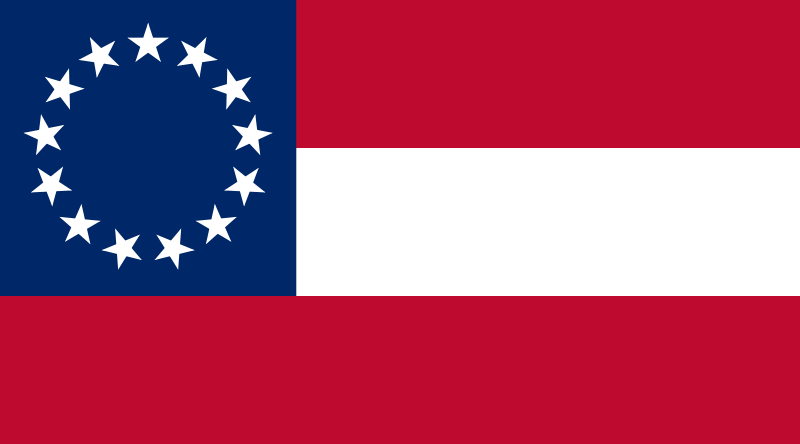

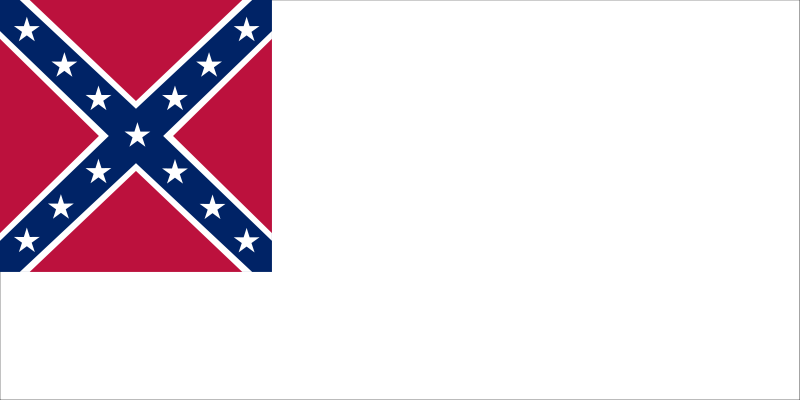
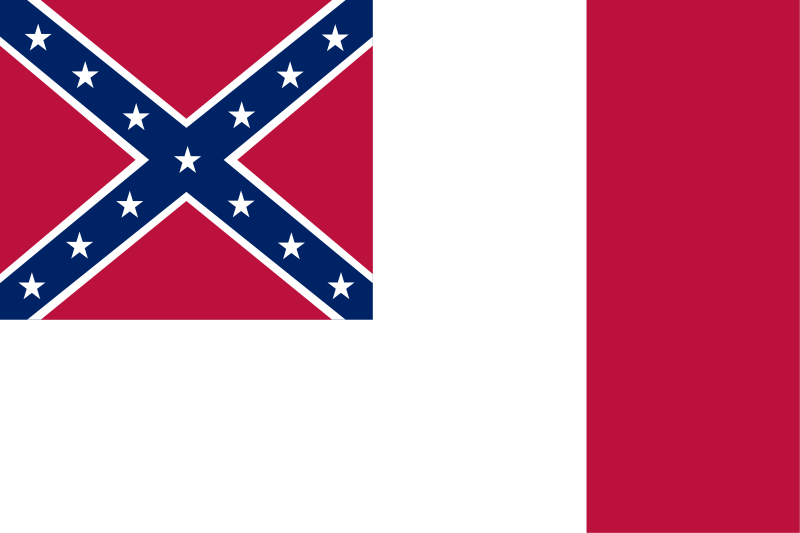

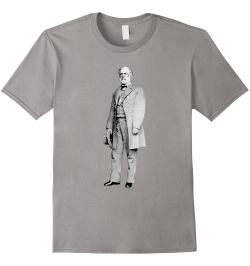
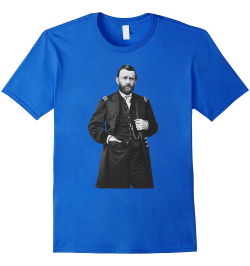


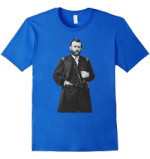
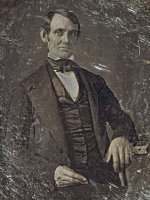
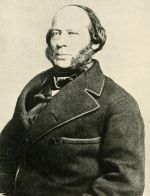
New! Comments
Have your say about what you just read! Leave me a comment in the box below.